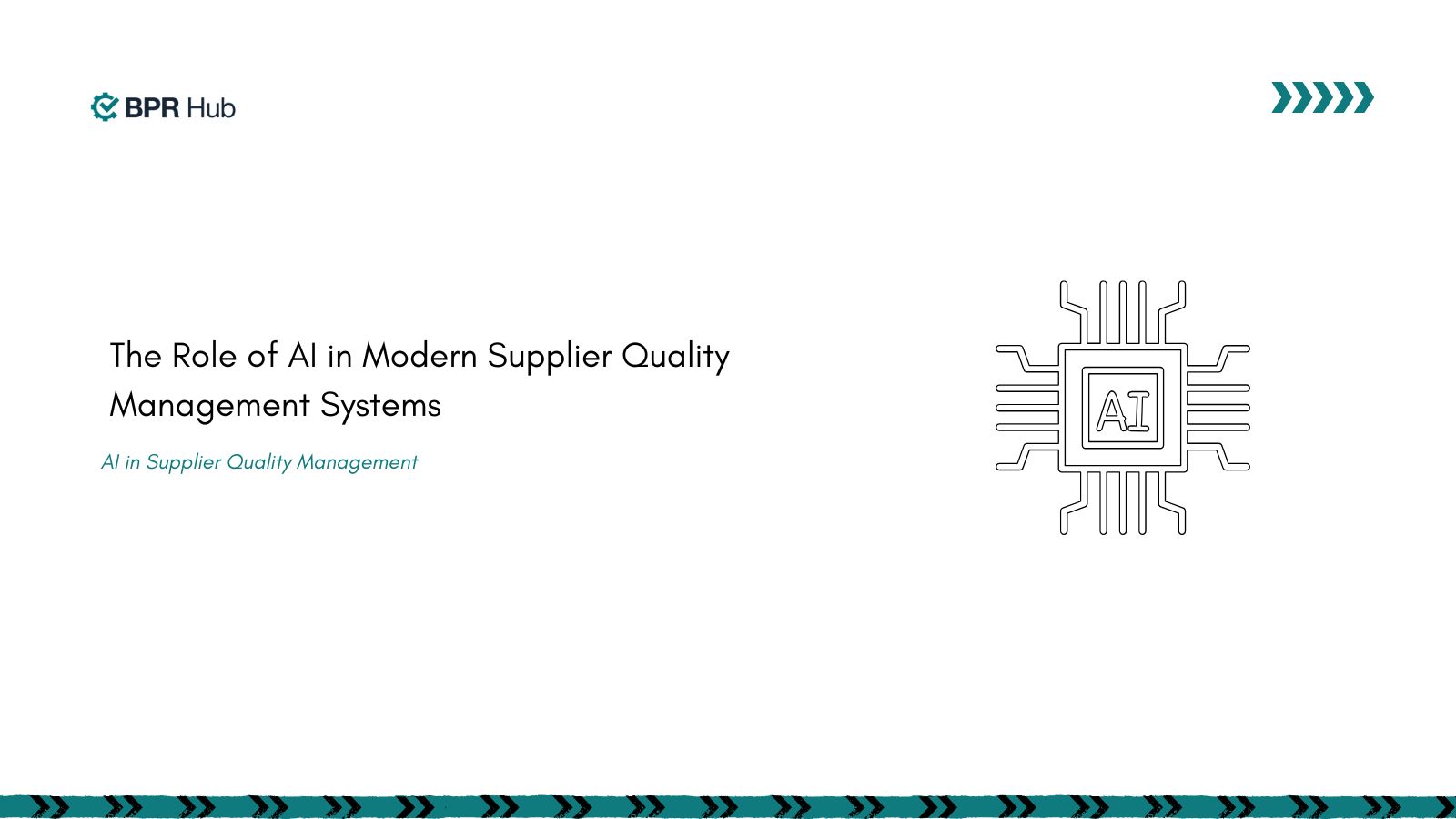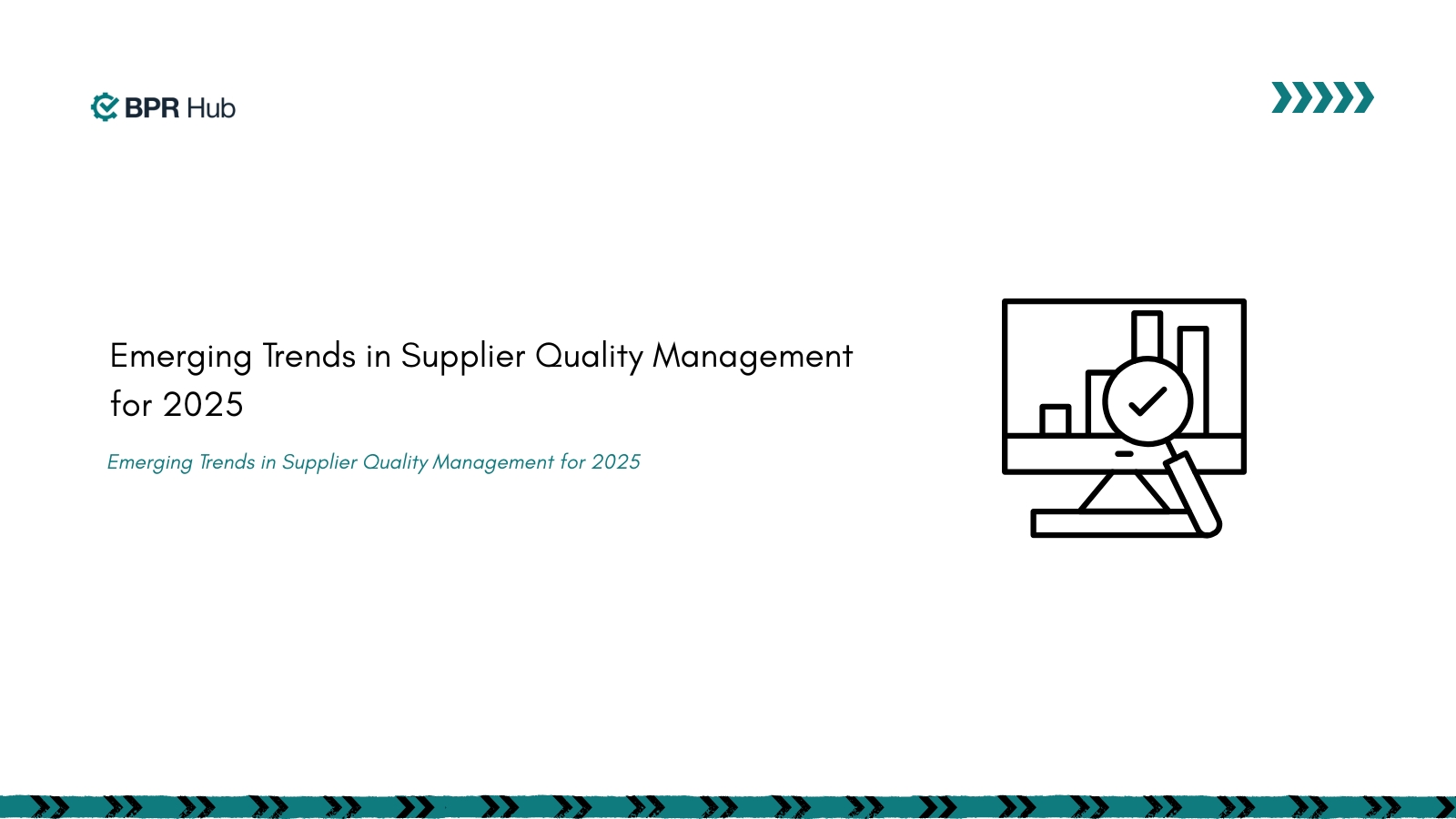Companies with ISO 14001 certification reduced their waste by 25% compared to similar companies without certification. Behind every successful ISO 14001 implementation lies a foundational decision that shapes everything that follows: the ISO 14001 scope of your Environmental Management System.
Setting your EMS scope means deciding which parts of your business will be covered by your environmental procedures. Getting this right lays the foundation for effectively reducing waste, managing resources, and improving your environmental performance.
This guide will show you how to define your EMS scope correctly. You'll learn what to include, what to consider, and how to document everything properly. Whether you're a small business or a large company, you'll find practical steps you can use right away.
Ready to learn how to define your EMS scope? Let's get started.
The Role of a Defined EMS Scope in Effective Implementation
The scope of your EMS serves as the backbone of your environmental management strategy. It establishes which activities, departments, and operations the system covers, ensuring your efforts are targeted at the most critical environmental impacts. A clearly defined ISO 14001 scope helps ensure focused resource allocation, regulatory compliance, and improved environmental performance.
- Focused Resource Allocation: A well-defined scope ensures that resources—whether human, financial, or technological—are allocated efficiently to address the most significant environmental aspects of your operations.
- Regulatory Compliance: The EMS scope helps ensure your organization complies with the full spectrum of applicable environmental laws and regulations, minimizing the risk of penalties or violations.
- Performance Tracking and Improvement: By establishing a baseline, your EMS scope provides a clear starting point for monitoring environmental performance and tracking progress toward sustainability goals, supporting continuous improvement over time.
Ultimately, this step is about creating a strategic, actionable framework that positions your organization to thrive in a regulatory and environmentally-conscious world. With a solid EMS scope, your organization can track and improve environmental performance while reducing risks and costs.
Now that we understand why the scope is so vital, let’s dive into the key factors you must consider when defining it for your organization.
Key Factors to Consider When Determining the Scope
When defining your ISO 14001 scope, the decisions you make today will shape the success of your system tomorrow. Key factors such as understanding your organizational activities, considering regulatory requirements, evaluating environmental impacts, and engaging with stakeholders will guide you toward a more effective and comprehensive EMS. Here are some key factors to consider:
1. Organizational Activities and Processes
Start by identifying the critical activities and processes that have a direct environmental impact. For manufacturing companies, this could include:
- Production Processes: Energy consumption, resource use, and emissions.
- Waste Management: Disposal and recycling of industrial waste, packaging materials, and hazardous substances.
- Water and Resource Consumption: Usage of water, raw materials, and natural resources in your operations.
Focusing on these high-impact areas helps ensure that your EMS addresses the most significant environmental issues while improving operational efficiency.
2. Regulatory Requirements
ISO 14001 ensures that your EMS meets local, national, and international environmental regulations. When defining the scope, it's important to consider:
- Local Regulations: Environmental rules and laws that are specific to your geographical region.
- Industry-Specific Requirements: Depending on your sector, there may be specialized regulations governing things like emissions, waste disposal, or water use.
- International Standards: If your organization operates globally, you must consider international regulations and standards that apply to your operations.
Understanding the full regulatory landscape ensures that your EMS scope is comprehensive and compliant, protecting your organization from legal risks and penalties.
3. Environmental Impacts
A thorough assessment of your organization's environmental impacts is necessary to determine the scope of your EMS. Consider:
- Air, Water, and Soil Quality: Identify how your operations impact these key environmental factors. This includes emissions, water consumption, and waste disposal.
- Energy Use: Evaluate how energy-intensive your operations are and how you can reduce consumption through more efficient processes or alternative energy sources.
- Waste Generation: Consider both the quantity and type of waste your organization produces, including hazardous and non-hazardous materials.
By understanding these environmental impacts, you can better define which aspects of your operations will be included in the EMS scope, allowing you to focus on areas that will bring the most environmental and operational benefits.
4. Internal and External Stakeholders
In defining your EMS scope, it's important to take into account the expectations of both internal and external stakeholders. This includes:
- Employees: Understanding how different departments contribute to environmental impact can help you engage your team in achieving sustainability goals.
- Customers: Many customers expect companies to demonstrate environmental responsibility. A well-defined EMS scope shows that you are taking tangible steps toward sustainability.
- Suppliers and Contractors: Your supply chain can also have a significant impact on your environmental footprint. Consider whether your EMS scope should include sustainability criteria for suppliers or focus on reducing the environmental impact of materials you source.
Engaging with stakeholders ensures that the scope you define is not only operationally feasible but also meets external expectations, improving your company's reputation and stakeholder relationships.
5. Size and Complexity of Your Organization
The size and complexity of your organization will influence how broad or narrow your EMS scope should be. For example:
- Smaller Operations: Smaller businesses or single-location operations might only need a limited EMS scope focused on specific activities.
- Larger, Multi-Site Operations: Larger organizations with multiple locations, production lines, or complex supply chains may need a broader EMS scope that covers a wider range of activities and regulatory requirements.
It’s important to scale the EMS scope appropriately so that it covers all relevant areas of the business while remaining manageable. By carefully considering these factors, you ensure that your scope covers the right activities, is compliant with laws, and aligns with both internal and external expectations. It also empowers your organization to take more informed, strategic actions toward minimizing environmental impact.
Wondering how to get your EMS scope right? Let BPRHub guide you with advanced compliance tools and real-time insights. Book your free demo now and take the first step toward a seamless ISO 14001 certification!
As you refine your scope, it’s crucial to move forward with a clear and precise boundary. Once these boundaries are defined, it’s time to establish a well-documented EMS scope. Let’s explore how to document and maintain the scope effectively.
Documenting and Maintaining Scope
Documenting your ISO 14001 scope is essential for ensuring clarity, compliance, and continuous improvement within your EMS. Research shows that effective documentation control has a 40% positive impact on environmental management outcomes, highlighting its critical role in enhancing organizational practices.
A well-documented scope not only ensures clear communication across your organization but also demonstrates transparency to external stakeholders like regulators and customers. Refer to the table below for detailed insights into the impacts of documentation control and other environmental management practices.

Why Proper Documentation Matters
- Clear Communication: A detailed scope ensures that everyone understands their role within the EMS and which areas of the business are covered.
- External Transparency: It provides regulators and stakeholders with a transparent view of your environmental management efforts and ensures compliance with relevant regulations.
- Ongoing Compliance: Regular updates to the scope ensure that your EMS remains aligned with evolving regulations and operational changes, reducing the risk of non-compliance.
Best Practices for Maintaining an Effective Scope Document
- Regular Reviews: Conduct periodic reviews to ensure the scope stays relevant to your current operations and regulations.
- Version Control: Keep track of changes to the scope over time, making it easier to refer back to past versions during audits.
- Stakeholder Engagement: Involve key stakeholders when updating the scope to ensure it accurately reflects the organization’s needs.
- Accessibility: Ensure the scope is easily accessible to employees and relevant stakeholders for transparency and clarity.
By maintaining a well-documented and regularly updated scope, you not only ensure ongoing compliance but also set the stage for continuous improvement and successful ISO 14001 certification. Now that we’ve seen the importance of proper documentation, it’s time to shift focus to how you can begin to implement these processes and move closer to achieving your ISO 14001 certification.
Steps to Define the Scope of Your EMS
The process of defining your EMS scope involves several critical steps: assessing your current environmental practices, defining boundaries, engaging stakeholders, documenting the scope, and ensuring ongoing review and adjustment. By following this structured approach, you not only meet the requirements for certification but also create a dynamic EMS that evolves with your organization’s needs. Let’s walk through the process of defining your EMS scope:
- Step 1 - Assess Your Current Environmental Practices: Begin by reviewing your organization’s current environmental practices to inform your ISO 14001 scope and highlight opportunities for improvement.
- Step 2 - Define Boundaries and Applicability: Establish the physical, operational, and regulatory boundaries of your ISO 14001 scope, including deciding which departments and locations should be included.
- Step 3 - Engage Stakeholders: Involve internal teams and external stakeholders to ensure the scope reflects both organizational priorities and external requirements. Stakeholder engagement ensures broad support for the EMS and fosters collaboration.
- Step 4 - Document the Scope: Document the scope clearly and comprehensively, outlining which areas of your operations are included and any exclusions. A well-documented scope helps avoid confusion and ensures clarity.
- Step 5 - Review and Adjust Regularly: Over time, the scope of your EMS may need to be updated as your organization evolves, regulations change, or new environmental impacts are identified. Regular reviews ensure the scope remains relevant and compliant.
The process of defining your scope provides clarity and direction for your EMS implementation, ensuring that every step you take aligns with your overall environmental goals. With the scope defined and documented, your next step is to focus on implementing the system effectively across your organization. Let’s now explore how BPRHub can help you streamline this process and simplify the complexity of maintaining and improving your EMS.
Defining and Managing Your EMS Scope for ISO 14001 with BPRHub
Defining and managing your Environmental Management System (EMS) scope is essential for achieving ISO 14001 compliance. At BPRHub, we simplify this process with tools designed to help you define, document, and refine your EMS scope continuously.
How BPRHub Can Assist:
- Automated Compliance Tracking: Stay aligned with evolving regulations without manual effort.
- Real-Time Analytics: Use data insights to refine your EMS scope based on performance metrics.
- ISO 14001 Certification Support: Streamline your certification process for greater efficiency and reduced costs.
As you track performance and adjust your EMS scope when needed, you’ll ensure continuous improvement and stay on track for ISO 14001 certification. Regularly reviewing and updating the scope will keep your system dynamic, adaptable to changes, and aligned with both internal and external needs.
Don't let complexity hold you back! Take control of your EMS scope and achieve ISO 14001 certification with ease. Visit us and see how BPRHub can make your compliance journey effortless!
FAQ’s
1. What is the scope of an Environmental Management System (EMS)?
The scope of an EMS defines the boundaries and applicability of the system within an organization. It includes activities, products, services, and locations that the organization considers relevant to its environmental management efforts.
2. Why is determining the scope important for ISO 14001 certification?
Determining the scope ensures clarity about which aspects of the organization are covered by the EMS. It helps in aligning efforts with the organization’s strategic goals, compliance obligations, and stakeholder expectations, which are critical for ISO 14001 compliance.
3. How do you define the organizational context for scope determination?
The organizational context includes understanding internal and external factors that affect the EMS, such as legal requirements, market conditions, stakeholder expectations, and environmental conditions.
4. Should all activities, products, and services be included in the scope?
Not necessarily. The scope should be tailored to include those activities, products, and services that have a significant environmental impact or fall within the organization’s control or influence.
5. Can the EMS scope exclude specific parts of the organization?
Yes, exclusions are possible if they are justified and do not affect the organization’s ability to meet ISO 14001 requirements. However, such exclusions must not compromise the integrity of the EMS.
Get insights that help you minimize risks and maximize profits.
Dive deeper into manufacturing compliance with our free resources.
We get it, compliance can get tough.
Here are some additional resources to help.
We get it, compliance can get tough. Here are some additional resources to help.
Get updates in your inbox

.svg)
%20(1).svg)


.jpg)


%20(1).svg)

.avif)

